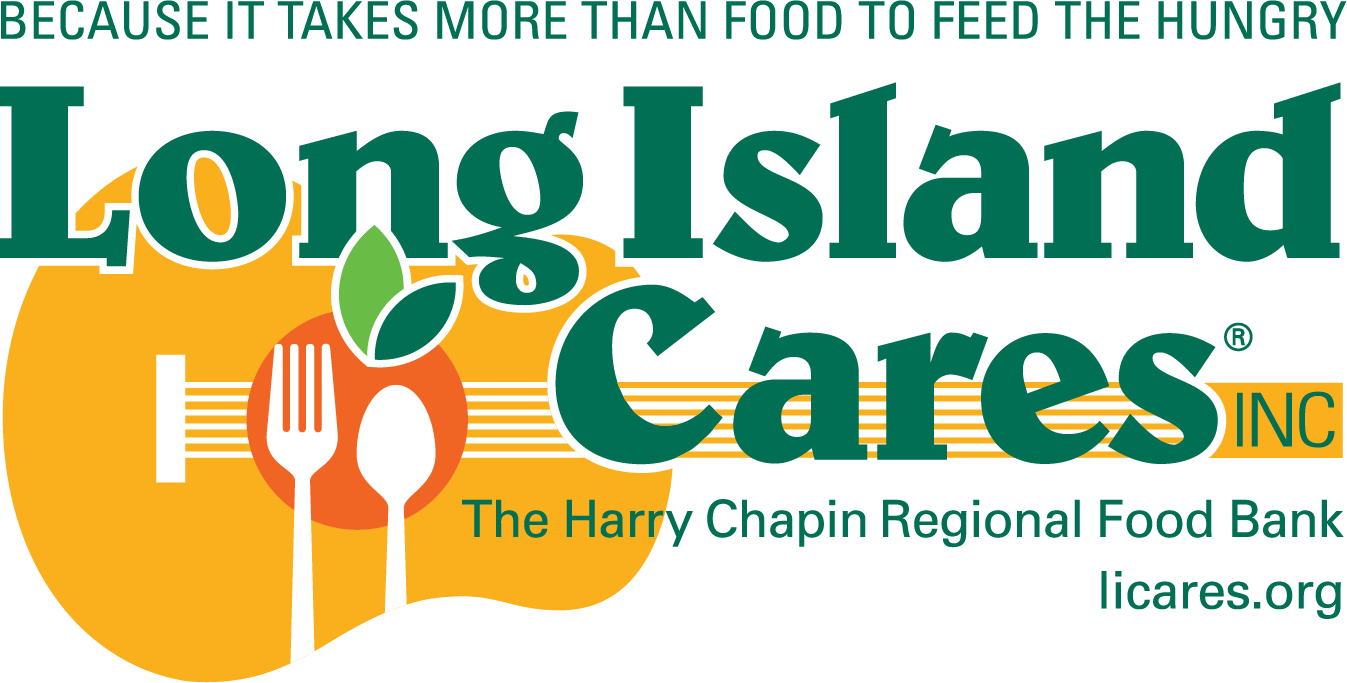 HAUPPAUGE, August 17, 2021
HAUPPAUGE, August 17, 2021
Paule T. Pachter
Chief Executive Officer
[email protected]
It seems that every year for at least the past five years, Long Island Cares and the other 199 food banks across the United States that are members of Feeding America have been advocating for an increase in funding from Congress for the Supplemental Nutrition Assistance Program (SNAP). Increasing SNAP funding would result in low-income families having more access to healthy food choices and could also reduce the number of individuals and families struggling with food insecurity.
Recently, the U.S. Department of Agriculture (USDA) released a re-evaluation of the Thrifty Food Plan, used to calculate Supplemental Nutrition Assistance Program (SNAP) benefits. As a result, the average SNAP benefit – excluding additional funds provided as part of COVID-19 relief efforts will increase for Fiscal Year 2022 beginning on October 1, 2021. The re-evaluation concluded that the cost of a nutritious, practical, cost-effective diet is 21% higher than the current Thrifty Food Plan. As a result, the average SNAP benefit will increase by $36.24 per person, per month, or $1.19 per day, for Fiscal Year 2022. The timing for this long-awaited increase in SNAP benefits could not have come at a more appropriate time. The cost of the average market basket has increased by double-digits. The average cost of a gallon of gasoline for your car has jumped to $3.09 per gallon, and the cost of rent or purchasing a single-family home continues to increase as a result of the Coronavirus global pandemic leaving nearly 290,000 Long Islanders wondering how to put healthy meals on their tables.
One of the immediate benefits of the increase in SNAP purchase power is that it’s a real and measurable “investment in our nation’s health, economy, and security,” according to Agriculture Secretary Tom Vilsack. “Ensuring low-income families have access to a healthy diet helps prevent disease, supports children in the classroom, reduces health care costs, and more. And the additional money families will spend on groceries helps grow the food economy, creating thousands of new jobs along the way.”
In addition to increasing the amount of SNAP benefits the revised plan adds more fish and red and orange vegetables to align with recommendations in the Dietary Guidelines for Americans, 2020-2025, which has the potential of benefitting farmers and fisherman across the U.S. and on Long Island. The revised Thrifty Food Plan also includes a modest increase in calories to reflect the latest data and support an active lifestyle.
As published online at Morning Ag Clips, “The 2021 Thrifty Food Plan puts healthy food in reach for SNAP families. Recent evidence consistently shows that benefit levels are too low to provide for a realistic, healthy diet, even with households contributing their own funds toward groceries. A USDA study published earlier this summer found that nearly 9 out of 10 SNAP participants reported facing barriers to achieving a healthy diet, with the most common barrier being the cost of healthy foods. These findings were echoed in listening sessions the USDA held with a broad range of Thrifty Food Plan stakeholders.”
SNAP is one of the most far-reaching, powerful tools available to ensure that all Americans, regardless of background, can afford healthy food. More than 42 million Americans rely upon SNAP to feed their families supplemented by visits to a local community food pantry or any one of Long Island Cares six satellite centers in Freeport, Lindenhurst, Huntington Station, Hampton Bays and our newest in Bethpage opening soon. As of June 1, 2021, 140,400 Long Islanders receive SNAP benefits – 99,345 residents of Suffolk County, and 41,055 in Nassau County. The evidence is clear that SNAP increases food security, including among households with children who have been disproportionately impacted by hunger during COVID. With so much continued uncertainty regarding COVID-19, rebuilding our infrastructure, and the need to control inflation, it’s comforting to know that at least in relation to food insecurity we are making progress even if it took five-years to achieve it.

